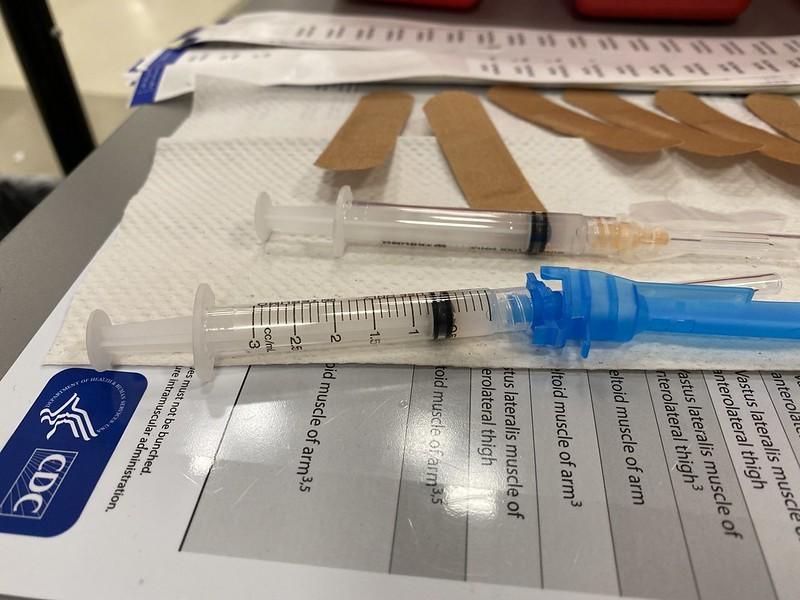Moderna today reported positive interim results from a phase 1/2 trial of its mRNA combination vaccine against COVID and flu and said it would advance the vaccine, called mRNA 1083, to a phase 3 trial.

In a statement, the company said researchers evaluated the vaccine's safety and immunogenicity compared to a standard dose of Fluarix flu vaccine in adults ages 50 to 64 and to a the high-dose Fluzone vaccine in adults ages 65 to 79. For both age-groups, they compared mRNA 1083 to its Spikevax COVID booster.
Antibody titer levels for mRNA 1083 were similar to or greater than both of the flu vaccines. Also, neutralizing antibody titers were similar to the bivalent Spikevax booster. Local and systemic effects for mRNA 1083 were similar to Moderna's standalone COVID booster. No new safety concerns were noted compared to the COVID vaccine.
Moderna said it plans to start the phase 3 trial in 2023, with a goal of submitting the vaccine for regulatory approval in 2025.
Stephane Bancel, Moderna's chief executive officer, said combination vaccines offer an opportunity to streamline the experience for consumers and health providers and increase compliance with public health recommendations. "We are excited to move combination respiratory vaccines into Phase 3 development and look forward to partnering with public health officials to address the significant seasonal threat posed to people by these viruses," he said.












